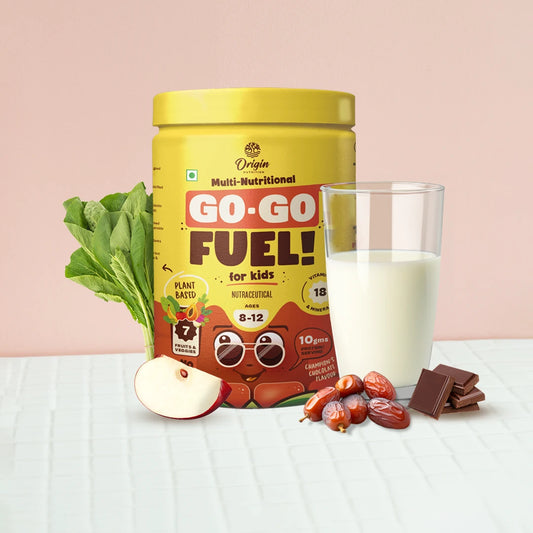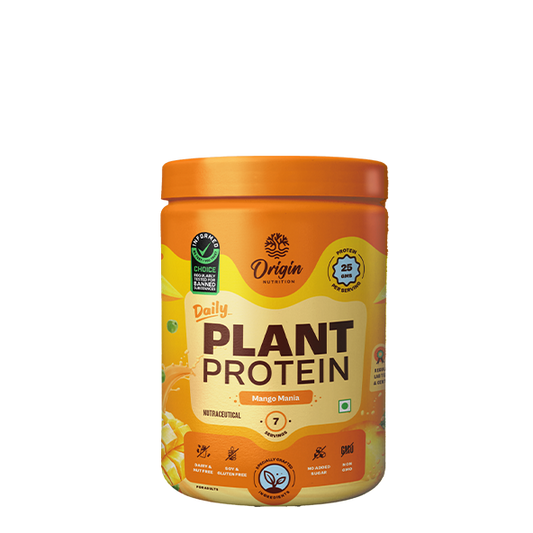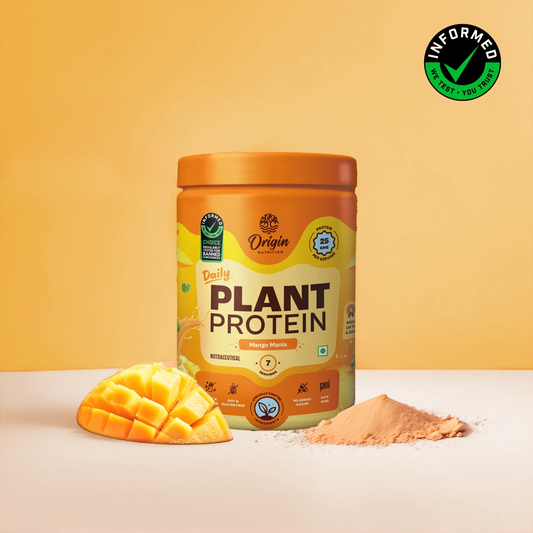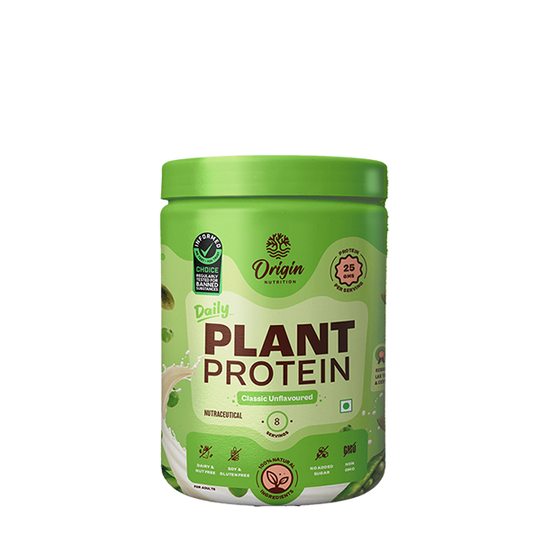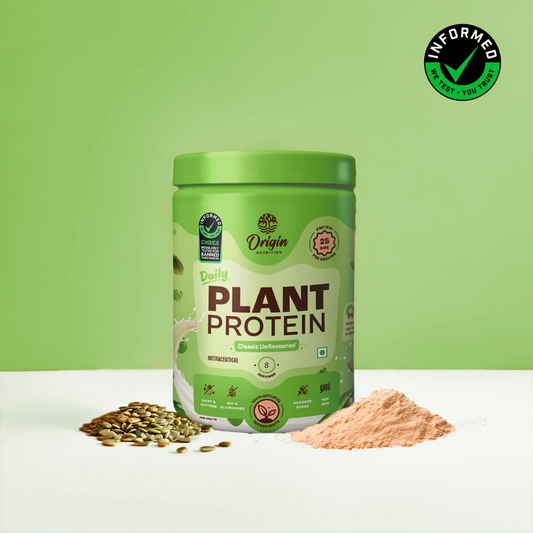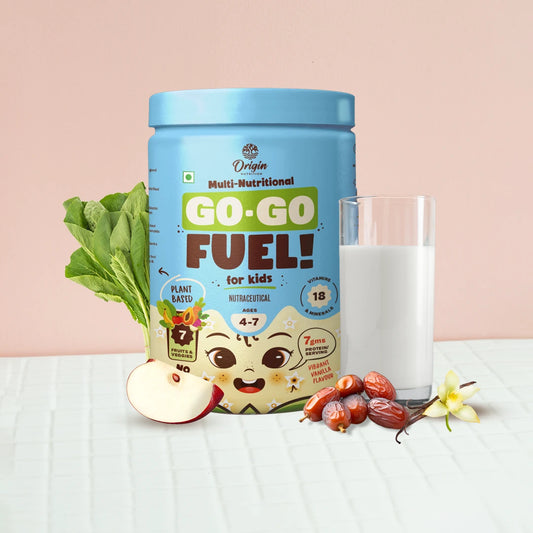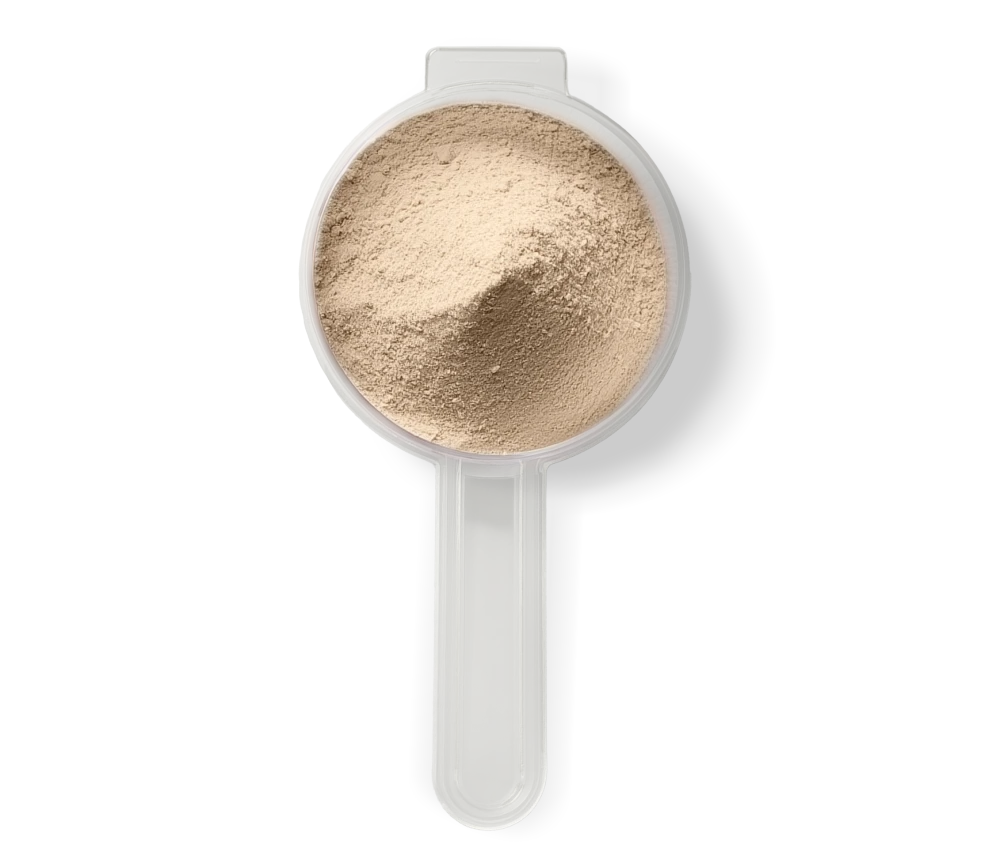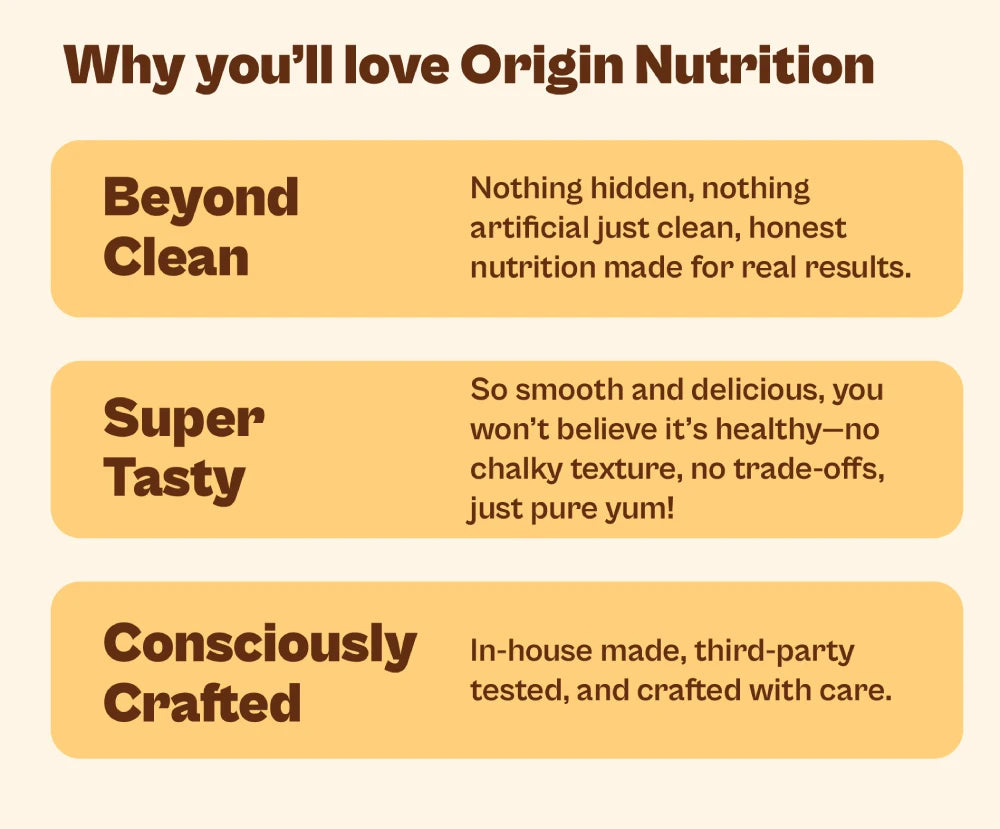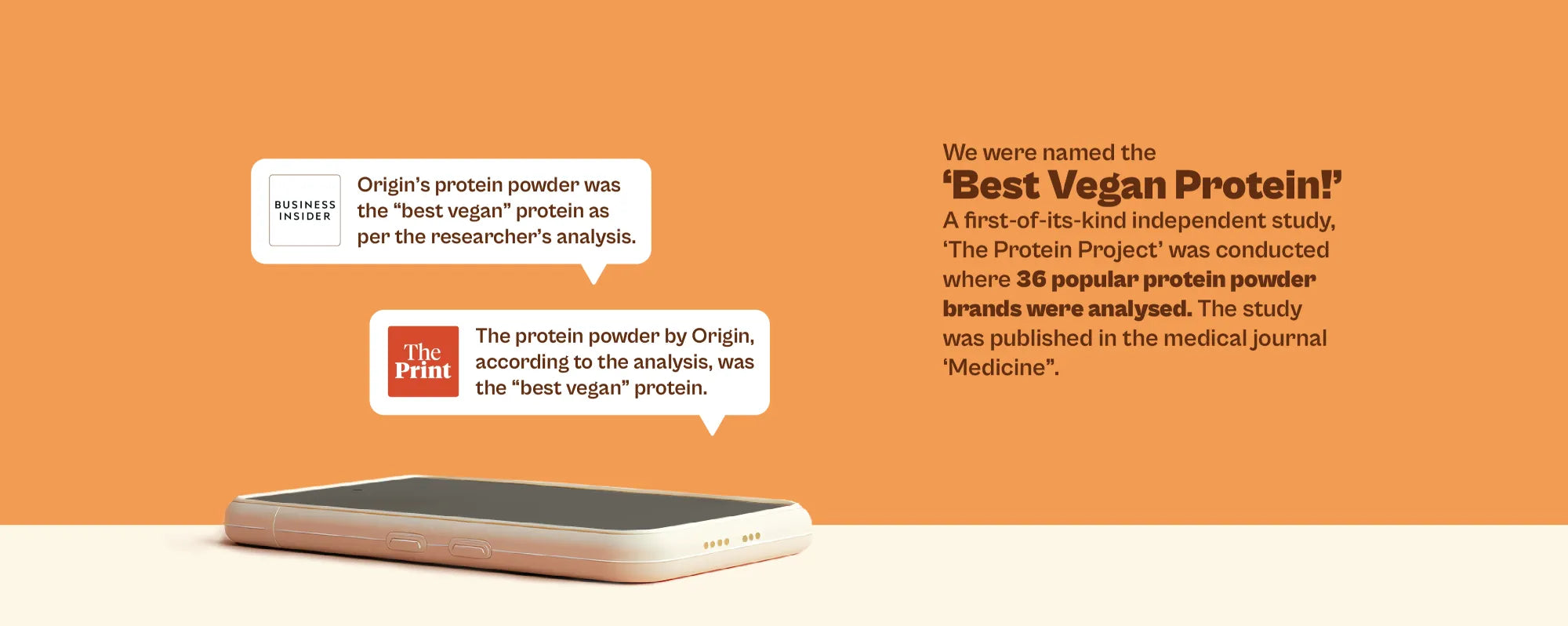

Our Bestsellers
-
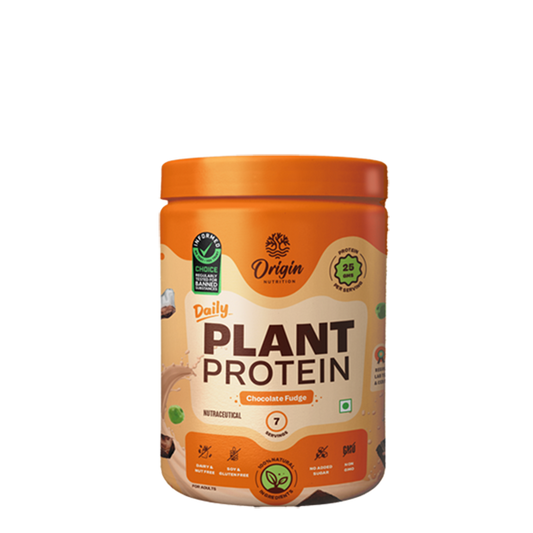
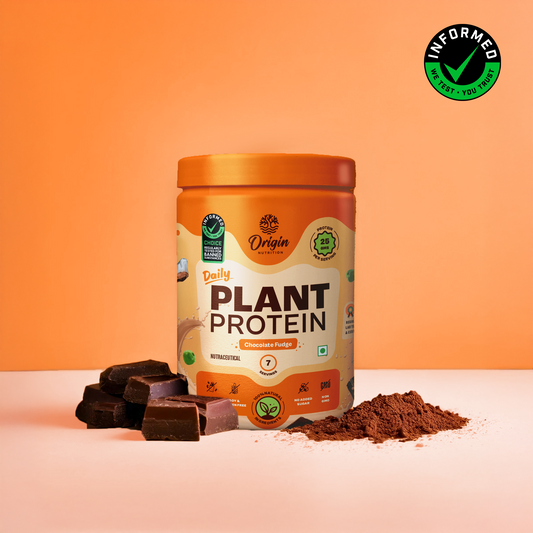
4.91 / 5.0
(4.9) 12 total reviews
Daily Plant Protein - Chocolate Fudge (Jar)
7 ServingsRegular price MRP ₹ 859MRP Regular priceUnit price / per₹ 999Sale price ₹ 859Sale -
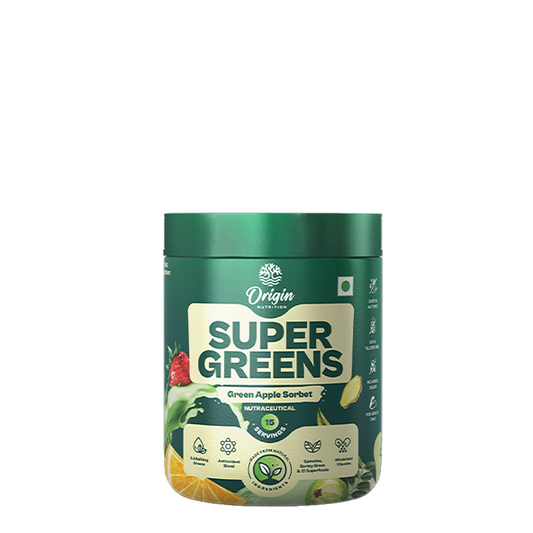
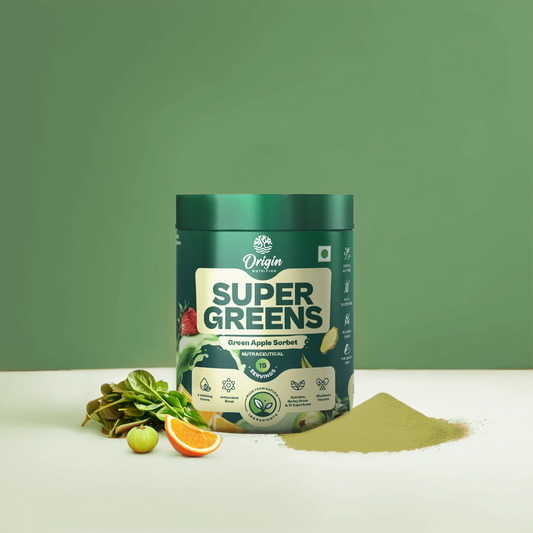 16% OFF
16% OFF4.87 / 5.0
(4.9) 8 total reviews
Supergreens
15 ServingsRegular price MRP ₹ 587MRP Regular priceUnit price / per₹ 699Sale price ₹ 587Sale -
4.85 / 5.0
(4.9) 7 total reviews
Go-Go Fuel for Kids - Champion's Chocolate (ages 8-12)
10 ServingsRegular price MRP ₹ 709MRP Regular priceUnit price / per₹ 849Sale price ₹ 709Sale -
4.83 / 5.0
(4.8) 12 total reviews
Daily Plant Protein Powder - Mango Mania (Jar)
7 ServingsRegular price MRP ₹ 849MRP Regular priceUnit price / per₹ 999Sale price ₹ 849Sale

The Origin Promise

NATURAL PLANT BASED INGREDIENTS
We use all plant based ingredients at the most effective levels for your nutrition & wellbeing.

CLEAN & CERTIFIED
Our products are clinically tested and regularly certified.

NO B.S.(BAD SCIENCE)
We don’t believe in fear-mongering or meaningless claims.
Our Process, Your Assurance
-

In House Manufacturing
-
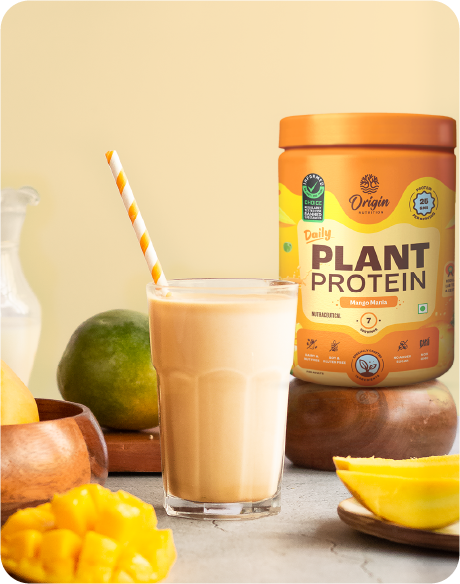
Tasty and Healthy
-
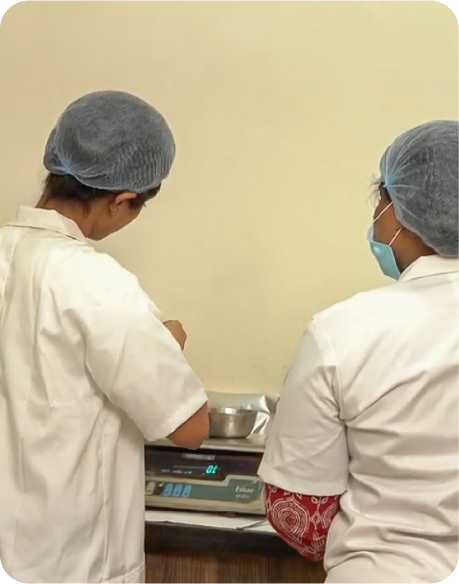
Scientifically Formulated




Daily Plant Protein
-
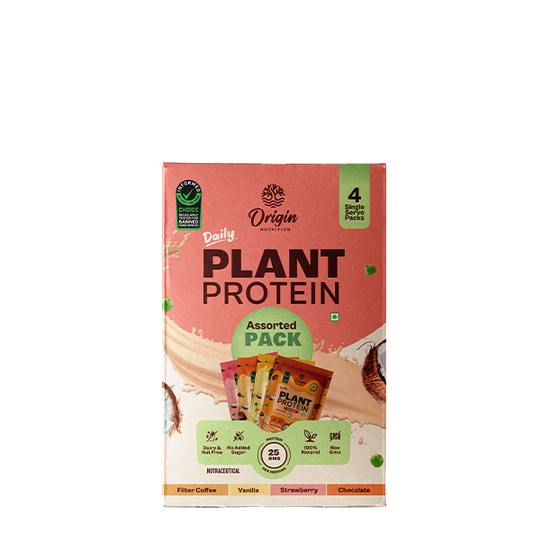

4.77 / 5.0
(4.8) 9 total reviews
Daily Plant Protein - Assorted Pack
4 ServingsRegular price MRP ₹ 499MRP Regular priceUnit price / per₹ 649Sale price ₹ 499Sale -
Daily Plant Protein - Mango Mania Starter Pack
Regular price MRP ₹ 499MRP Regular priceUnit price / per₹ 649Sale price ₹ 499Sale -
4.8 / 5.0
(4.8) 15 total reviews
Daily Plant Protein - Classic Unflavoured (Jar)
8 ServingsRegular price MRP ₹ 659MRP Regular priceUnit price / per₹ 779Sale price ₹ 659Sale
Kids Nutrition
-
4.66 / 5.0
(4.7) 6 total reviews
Go-Go Fuel for Kids - Vibrant Vanilla (ages 4-7)
12 ServingsRegular price MRP ₹ 709MRP Regular priceUnit price / per₹ 849Sale price ₹ 709Sale -

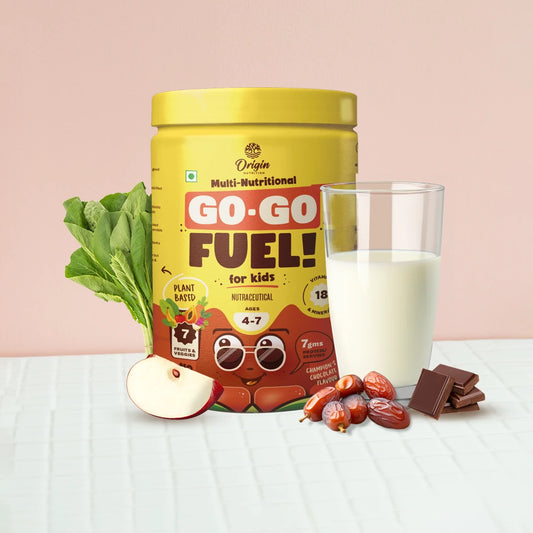
4.77 / 5.0
(4.8) 9 total reviews
Go-Go Fuel for Kids - Champion's Chocolate (ages 4-7)
11 ServingsRegular price MRP ₹ 709MRP Regular priceUnit price / per₹ 849Sale price ₹ 709Sale -
4.85 / 5.0
(4.9) 7 total reviews
Go-Go Fuel for Kids - Champion's Chocolate (ages 8-12)
10 ServingsRegular price MRP ₹ 709MRP Regular priceUnit price / per₹ 849Sale price ₹ 709Sale
Protein Chips
-
Mojo Pops Protein Chips - Sour Cream & Onion (Pack of 6)
Regular price MRP ₹ 594MRP Regular priceUnit price / per₹ 594Sale price ₹ 594 -
4.0 / 5.0
(4.0) 1 total reviews
Mojo Pops Protein Chips - Pudina Chutney (Pack of 6)
Regular price MRP ₹ 594MRP Regular priceUnit price / per₹ 594Sale price ₹ 594 -
Mojo Pops Protein Chips - Tangy Tomato (Pack of 6)
Regular price MRP ₹ 594MRP Regular priceUnit price / per₹ 594Sale price ₹ 594
Superfoods
-


4.9 / 5.0
(4.9) 10 total reviews
Plant Based Biotin
15 ServingsRegular price MRP ₹ 587MRP Regular priceUnit price / per₹ 699Sale price ₹ 587Sale -

 16% OFF
16% OFF4.87 / 5.0
(4.9) 8 total reviews
Supergreens
15 ServingsRegular price MRP ₹ 587MRP Regular priceUnit price / per₹ 699Sale price ₹ 587Sale
Senior Nutrition
-


4.88 / 5.0
(4.9) 9 total reviews
Vegan Protein for Senior Care
16 ServingsRegular price MRP ₹ 1,109MRP Regular priceUnit price / per₹ 1,299Sale price ₹ 1,109Sale
The Nutrition Academy
View all-

9 Hormones That Affect Your Weight — and How to...
Ready to kick those stubborn pounds to the curb? Learn about the 9 hormones affecting...
9 Hormones That Affect Your Weight — and How to...
Ready to kick those stubborn pounds to the curb? Learn about the 9 hormones affecting...
-

OMG! This Plant-Based Kesar Elaichi Shrikhand W...
Who needs dairy? Our plant-based Kesar Elaichi Shrikhand is here to steal the show! Experience...
OMG! This Plant-Based Kesar Elaichi Shrikhand W...
Who needs dairy? Our plant-based Kesar Elaichi Shrikhand is here to steal the show! Experience...
-

Why Should Indian Women Prioritise Protein for ...
Learn how prioritizing protein can empower Indian women to lead stronger, healthier lives. Explore essential...
Why Should Indian Women Prioritise Protein for ...
Learn how prioritizing protein can empower Indian women to lead stronger, healthier lives. Explore essential...
-

5 Steps to Choosing the Best Children's Multivi...
Ensure your child's health with the best multivitamins. Follow our 5 steps to make informed...
5 Steps to Choosing the Best Children's Multivi...
Ensure your child's health with the best multivitamins. Follow our 5 steps to make informed...
The Buzz Around Town!





























